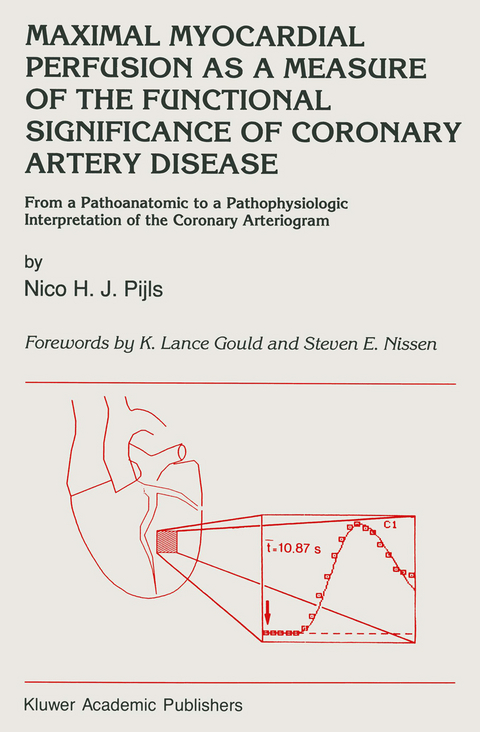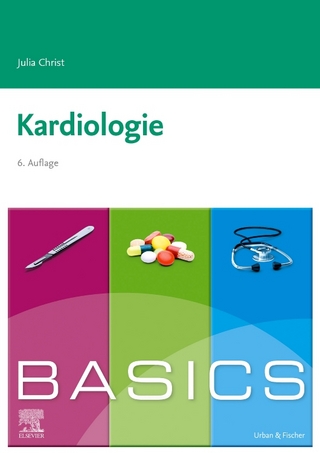
Maximal Myocardial Perfusion as a Measure of the Functional Significance of Coronary Artery Disease
Springer (Verlag)
978-0-7923-1430-1 (ISBN)
1 Introduction.- 1.1 The limited value of classical coronary arteriography to predict the physiologic significance of coronary artery stenoses.- 1.2 Coronary flow reserve.- 1.3 Maximal coronary and myocardial blood flow.- 2 Methods of Measuring Myocardial Blood Flow.- 2.1 Laboratory methods.- 2.2 Clinical methods.- 3 Application of Indicator Dilution Theory in the Investigation of the Cardiovascular System.- 3.1 History.- 3.2 The two approaches in indicator dilution theory.- 3.3 Videodensitometry and digital arteriography for flow assessment in the coronary circulation.- 4 Problems and Limitations in the Application of Videodensitometry to Assess Coronary Blood Flow and Myocardial Perfusion.- 4.1 Influence of the contrast agent on flow.- 4.2 Changes in vascular volume.- 4.3 Contrast density vs contrast concentration.- 4.4 Difficulties in determination of mean transit time due to motion and insufficient image quality.- 4.5 Prerequisites for myocardial flow assessment by videodensitometry, according to the physiology of indicator dilution theory.- 5 A Model Study to Validate Calculation of Myocardial Blood Flow by Videodensitometry.- 5.1 Introduction.- 5.2 Materials and methods.- 5.3 Results.- 5.4 Discussion.- 5.5 Conclusions.- 6 Mean Transit Time for the Assessment of Myocardial Perfusion by Videodensitometry.- 6.1 Introduction.- 6.2 Methods.- 6.3 Results.- 6.4 Discussion.- 6.5 Clinical implications and limitations.- 7 The Concept of Maximal Flow Ratio for Immediate Evaluation of PTCA Result.- 7.1 Introduction.- 7.2 Methods.- 7.3 Results.- 7.4 Discussion.- 7.5 Limitations.- 8 Reproducibility of Mean Transit Time for Maximal Myocardial Flow Assessment.- 8.1 Introduction.- 8.2 Methods.- 8.3 Results.- 8.4 Discussion.- 9 General Discussion.- 9.1 Discussion.- 9.2 Conclusions.- 9.3 Limitations.- 9.4 Spin-off and Present Applications.- A Is Nonionic Isotonic Iohexol the Contrast Agent of Choice for Quantitative Myocardial Videodensitometry?.- A.1 Introduction.- A.2 Methods.- A.3 Results.- A.4 Discussion.- A.5 Conclusion.- B Fitting Procedures for Time-Density Curves.- Summary.
| Reihe/Serie | Developments in Cardiovascular Medicine ; 127 |
|---|---|
| Zusatzinfo | XVI, 186 p. |
| Verlagsort | Dordrecht |
| Sprache | englisch |
| Maße | 155 x 235 mm |
| Themenwelt | Medizinische Fachgebiete ► Innere Medizin ► Kardiologie / Angiologie |
| ISBN-10 | 0-7923-1430-1 / 0792314301 |
| ISBN-13 | 978-0-7923-1430-1 / 9780792314301 |
| Zustand | Neuware |
| Haben Sie eine Frage zum Produkt? |
aus dem Bereich


